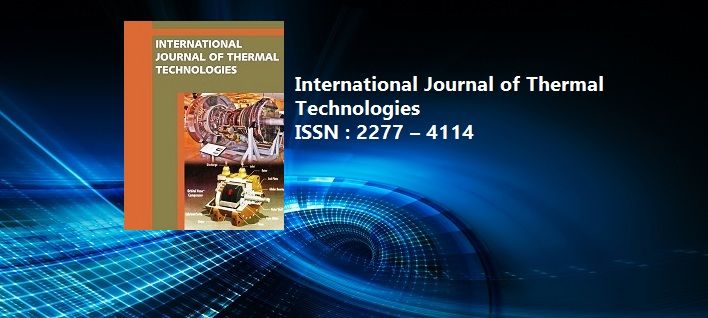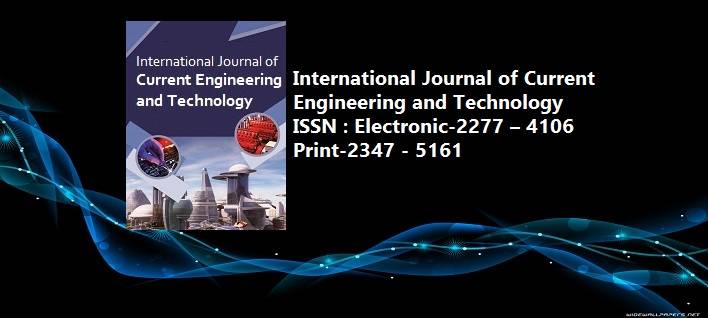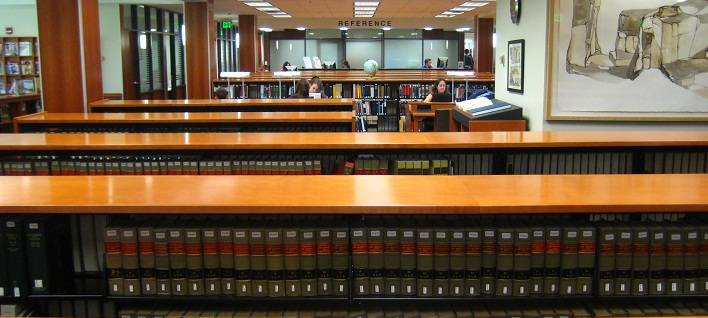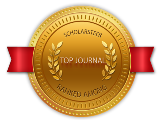Effect of Machining Parameters of AISI D2 Tool Steel on Electro Discharge Machining
Pages : 19-23
Download PDF
Abstract
AISI D2 tool steel is a high-carbon and high-chromium cold-work tool steel alloyed with molybdenum and vanadium. It has many properties such as high wear resistance, high compressive strength, and high stability in hardening and good resistance to tempering back. The chemical composition of AISI D2 tool steel is (1.55 % C, 0.3 %Si, 0.4 %Mn, 11.8 % Cr, 0.8 % Mo, and 0.8 % V). The application of AISI D2 is Deep drawing and forming dies, cold drawing punches, hobbing, blanking, lamination and stamping dies, shear blades, burnishing rolls, master tools and gauges, slitting cutters, thread rolling & wire dies, extrusion dies etc. The unique features of this alloy have made it useful in all type of industries. Due to these characteristics this alloy difficult to perform machining by traditional method. Electro discharge machining is the one of the most machining, in which that material can be used. Purpose of this study is the effect of machining parameters such as pulse on time (Ton), pulse off time (Toff) and discharge current (Ip) on the material removal rate (MRR), tool wear rate (TWR) and surface roughness (SR) of AISI D2 tool steel. For the experimentation were used grey relational analysis and entropy measurement method based on response surface method. The experiments signify that the parameters of pulse on time, pulse off time and discharge current, have a direct impact on material removal rate (MRR), and with their increase, MRR increases as well. With the increase of pulse off time tool wear rate (TWR) decreases. The analysis of results for surface roughness shows that pulse on time and off time have the highest impact on the surface roughness of AISI D2 tool steel.
Keywords: AISI D2 tool steel, Electro discharge machining, Response surface method, entropy measurement analysis, material removal rate, tool wear rate, surface roughness.
Article published in International Journal of Current Engineering and Technology, Vol.4,No.1 (Feb- 2014)



















 MECHPGCON, MIT College of Engineering, Pune, India
MECHPGCON, MIT College of Engineering, Pune, India AMET, MIT College of Engineering, Pune, India
AMET, MIT College of Engineering, Pune, India International Conference on Advances in Mechanical Sciences
International Conference on Advances in Mechanical Sciences  International Symposium on Engineering and Technology
International Symposium on Engineering and Technology International Conference on Women in Science and Engineering
International Conference on Women in Science and Engineering




